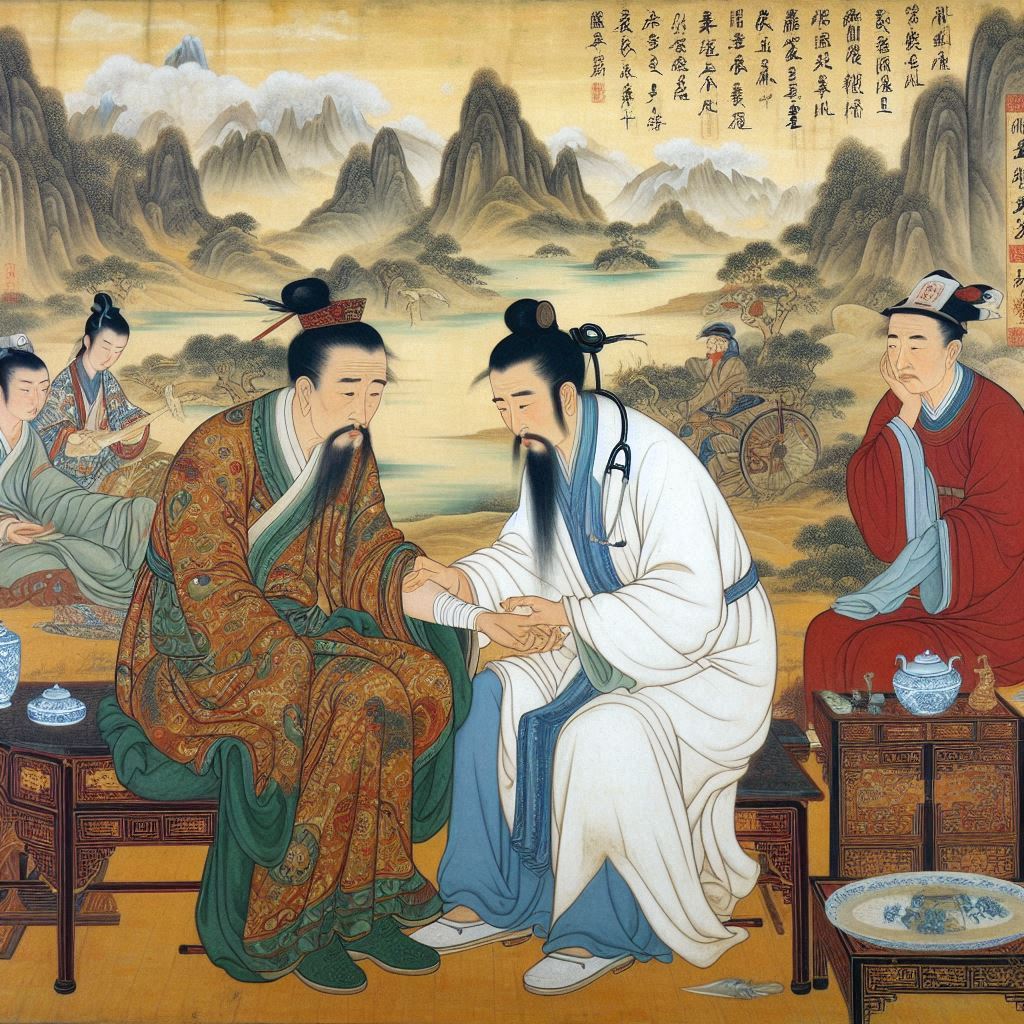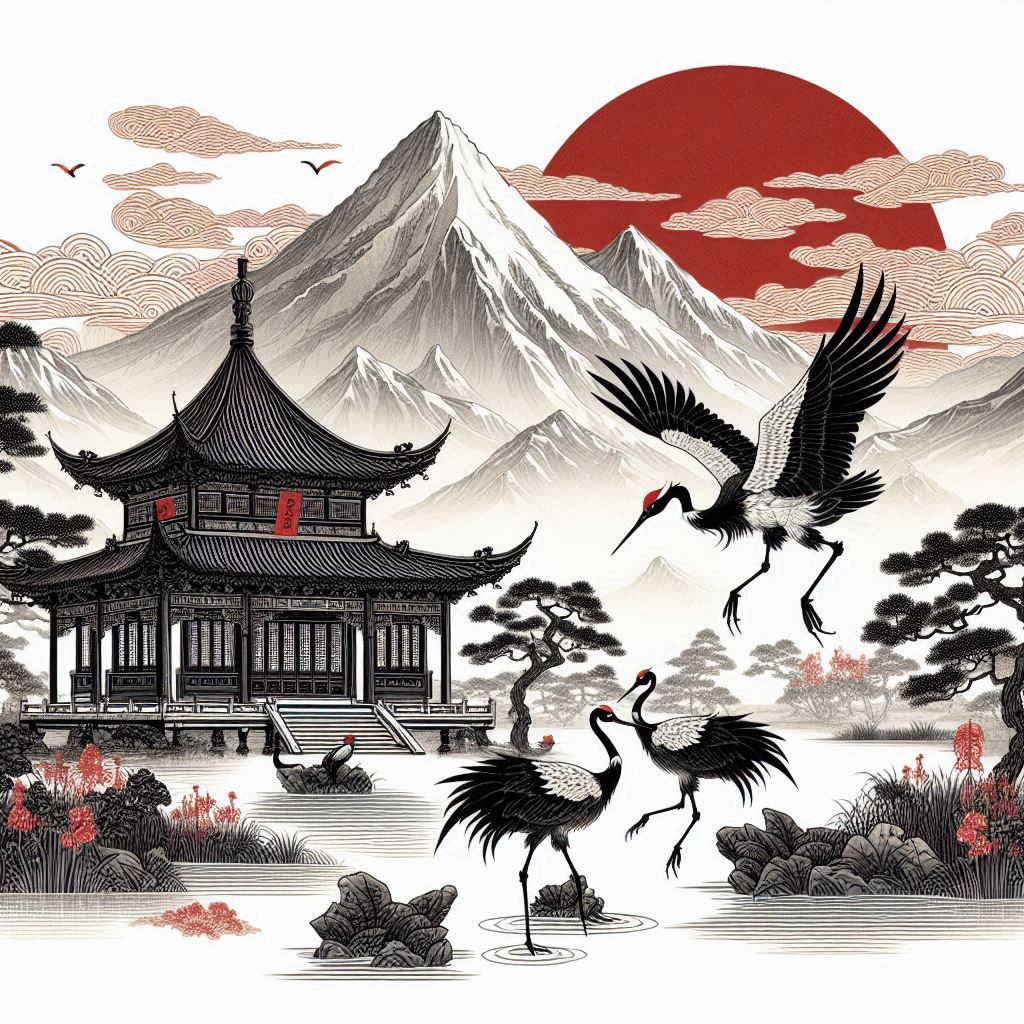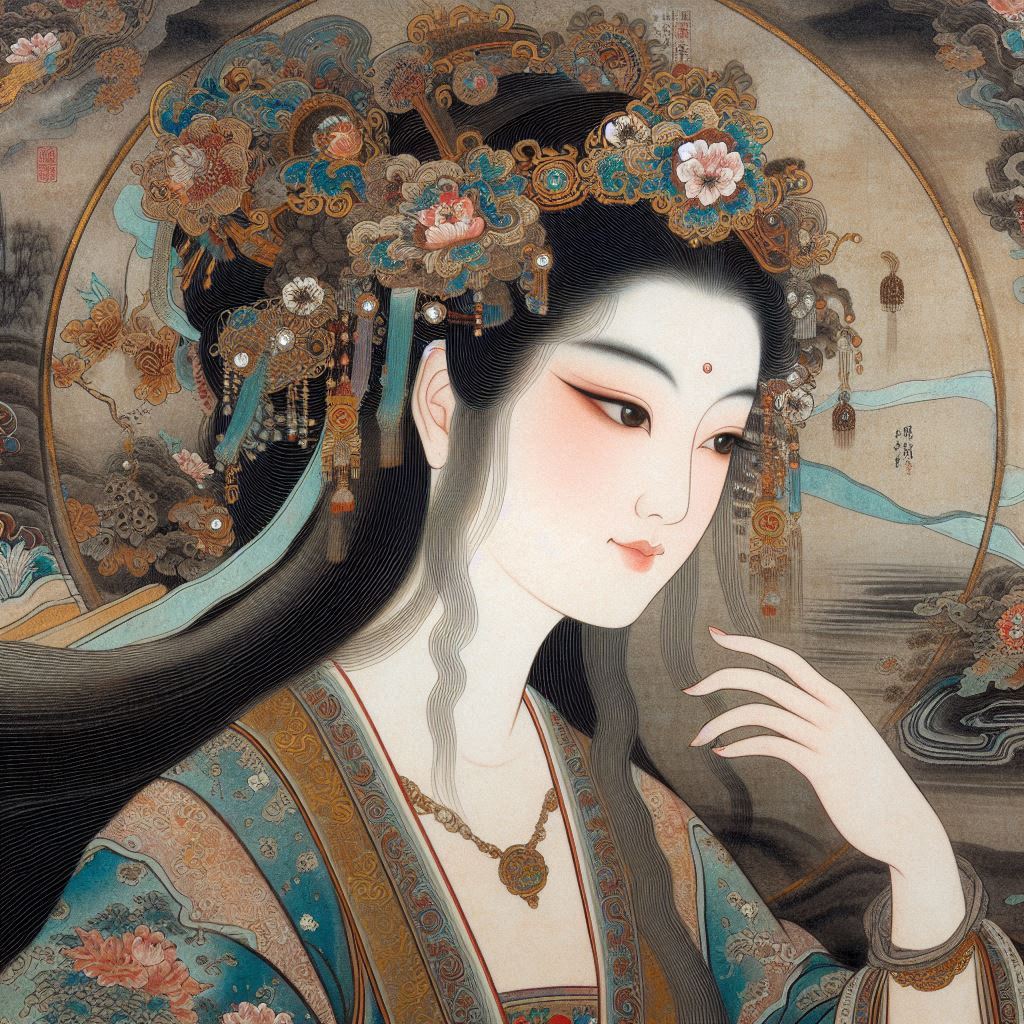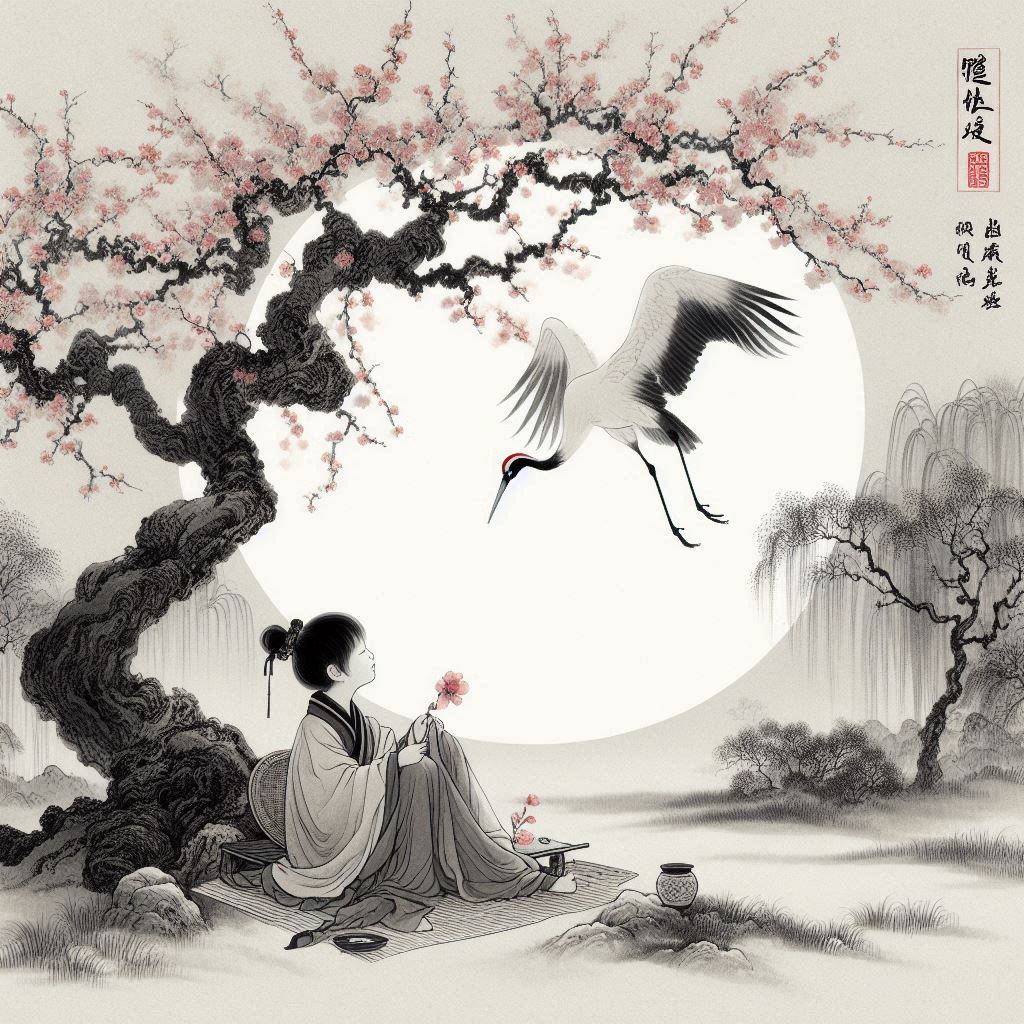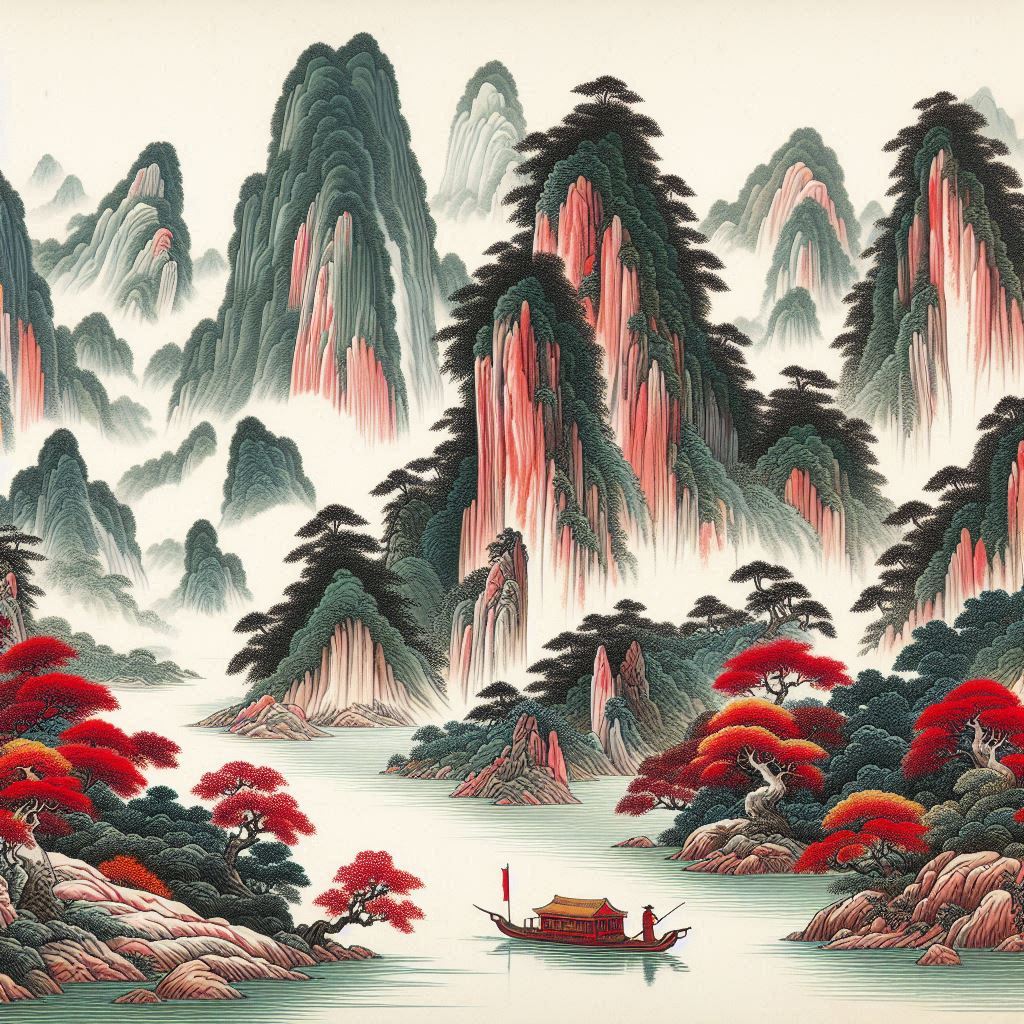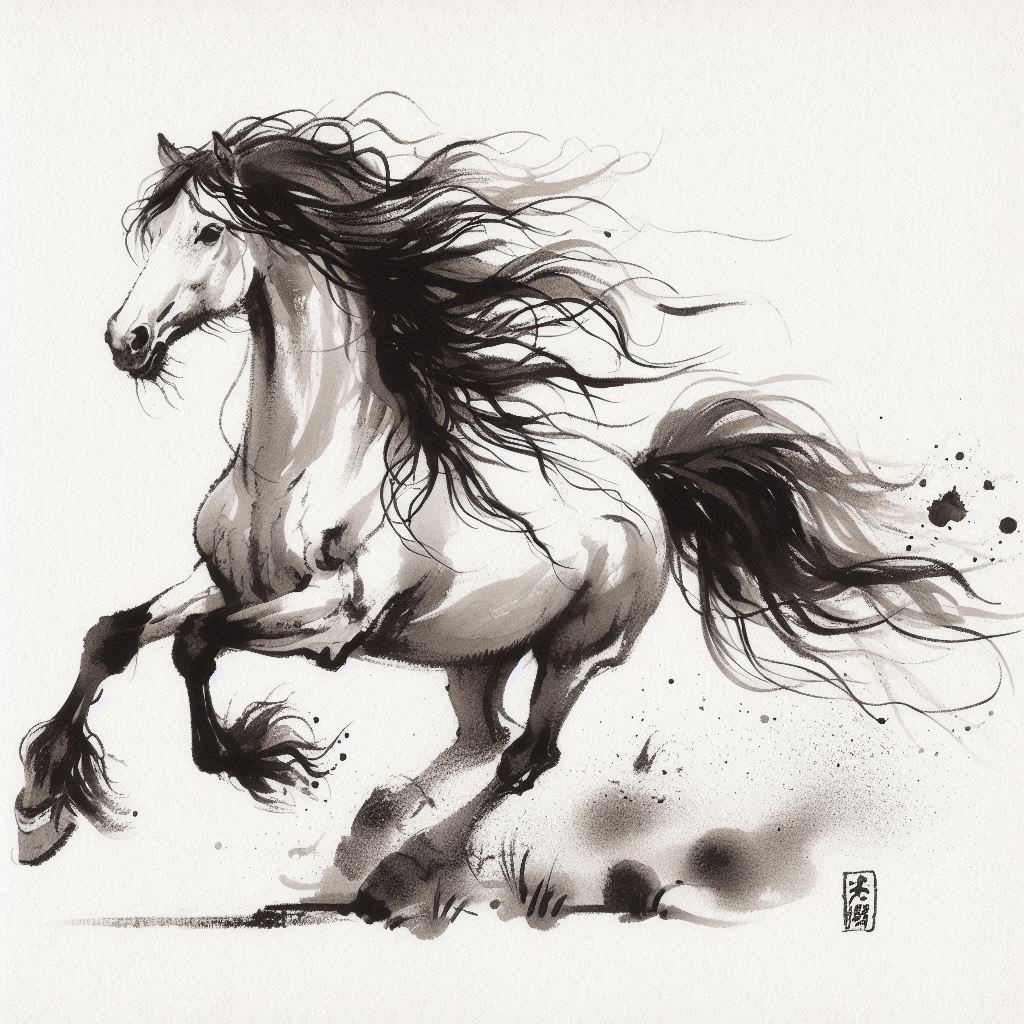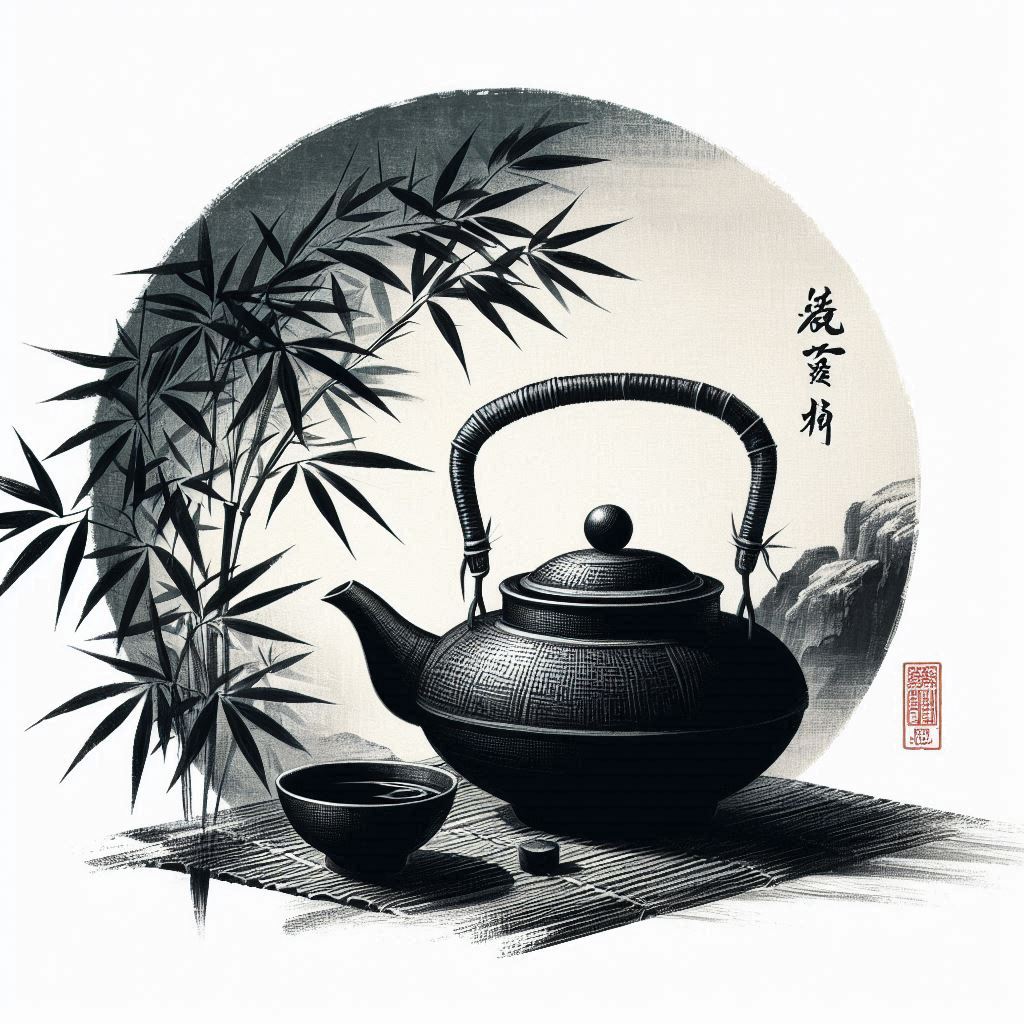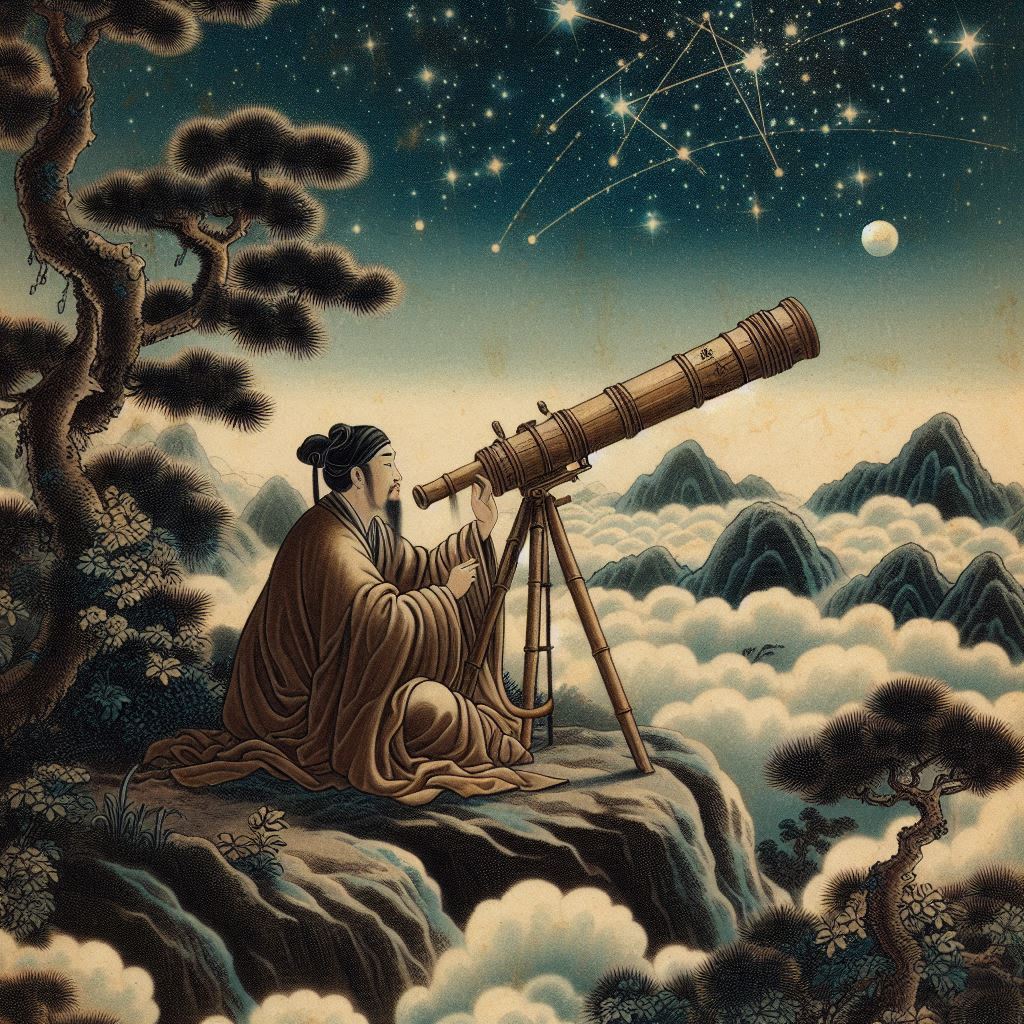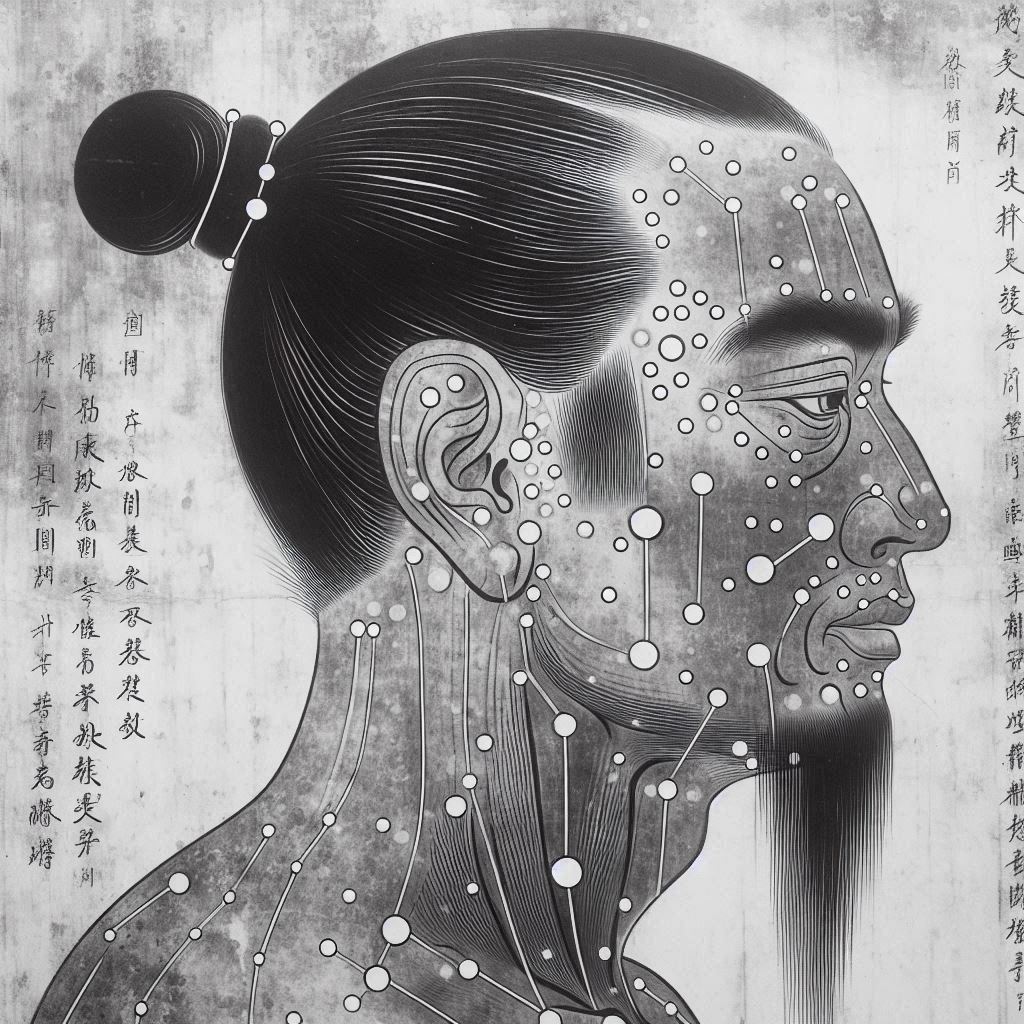Introduction to the disharmony
Major symptoms:
- swelling
- sores
- carbuncles
- abscesses
- nodules
- overall sickness accompanies the above symptoms
“Internal heat” is accumulated through excessive or chronic negative emotions (negative emotions have heating nature), poor diet (hot, spicy, and greasy foods), and/or febrile diseases. It manifests with “hot” symptoms, such as fever, redness, sensation of heat throughout the body, thirst, etc.
“Toxic heat” is a condition in which “internal heat” has accumulated to become so intense that it is toxic like poison for the body. Just like a toxic bite from a poisonous animal “toxic heat” may manifest with local inflammation (swelling/sores/nodules) together with overall sickness (this comparison is not literal and is used to help distinguish "toxic heat" from the other heat patterns). When there is "toxic heat" there is internal or external oozing infection manifesting with sores, carbuncles, abscesses, etc., that is also accompanied with overall sicknes such as high fever, lethargy, and other hostile effects of infectious diseases.
Herbs that treat “heat-toxin” are herbs with anti-inflammatory, anti-infectious, and anti-viral properties(1). They are often combined with herbs that clear “wind-heat”, with herbs that clear “internal fire” , and with herbs that clear “damp-heat” .
Major Chinese herbs
In traditional Chinese medicine a famous herb that treats heat-toxin is Jin Yin Hua (Lonicera japonica). The translation of the herb is “gold-silver flower”. Jin Yin Hua is known to address “wind-heat”, “summer-heat” and “damp-heat” conditions(1) and has been scientifically proven that it possesses antiviral and antibacterial properties(1)(2). Dandelion – Pu Gong Ying (Taraxacum mongolicum) is a cold and bitter herb that in the West is largely used for detoxification of the Liver. In Chinese medicine this herb also enters the Liver. It dissipates sores and breast abscesses (the Liver meridian passes through the breast); it also promotes lactation, when there is lack of breast milk, parched due to heat(1) (when you cut the stem of the herb it leaks white milk-like fluid). Research has found that it is beneficial for mastitis and breast cancer(2).
Most of the herbs that clear heat-toxin and reduce sores, carbuncles and abscesses are flowers, leaves or vines with beautiful names. Maybe the only herb to treat heat-toxin with not that flattering name is Yu Xing Cao (Houttuynia cordata) – “fishy-smelling herb”. It enters the Lung and benefits abcesses and sores. Bai Hua She She Cao (Heydyotis diffusa) - “white-patterned snake’s tongue herb” - strongly relieves fire toxicity and reduces abscesses. It is also an herb that caught the attention of some cancer researchers with its ability to increase phagocytosis(1) with some practitioners using it in the treatment of cancer.
The fruiting body of the fungus, known in the West as Puffball, in Chinese medicine is used to clear heat-toxin. Ma Bo (Lasiosphaera fenslii) benefits the throat(1) and is very effective for healing skin injuries.
Healing foods
Foods that benefit toxic heat are the foods with cold nature and are similar to the foods recommended for draining Fire.
To unlock the rest of this article select "Yes, I want to learn!" below.
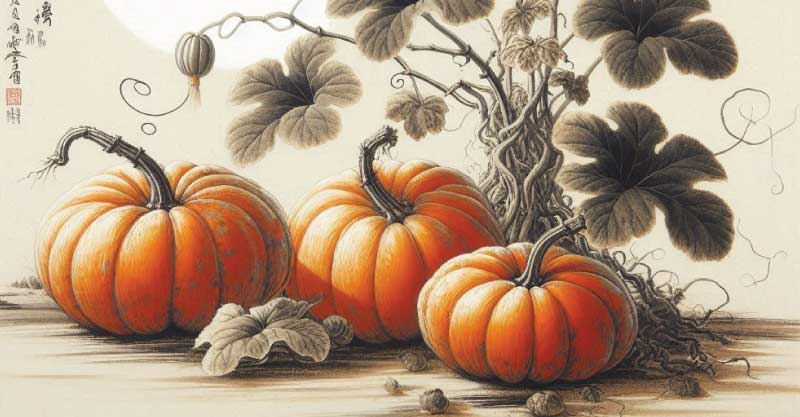
Food therapy is the most economical and non-toxic biochemical approach to health and disease. Food is something we continuously use to sustain our lives. Learning what foods are healing (and what disruptive) for each condition has the potential to convert every meal into a form of therapy.
YS
(1) Benski, Dan & Gamble, Andrew (1993). Materia Medica, Revised Edition. Seatle: Eastland Press, Incorporated
(2) Lu, Henry (2005). Chinese Natural Cures. New York: Black Dog & Leventhal Publishers, Inc.
(3) Holmes, Peter (1998). The Energetics of Western Herbs. Boulder: Snow Lotus Press, Inc.
Related Articles:
How the Climatic Factor Heat Affects Health
Heat and Dryness in the Large Intestine
Note: This site and its services are to consumer educational use only. Nothing contained in this site is or should be considered, or used as a substitute for medical advice, diagnosis or treatment. We advise users to always seek the advice of a physician or other qualified professional with any questions regarding personal health and medical condition. Please read our Disclaimer

